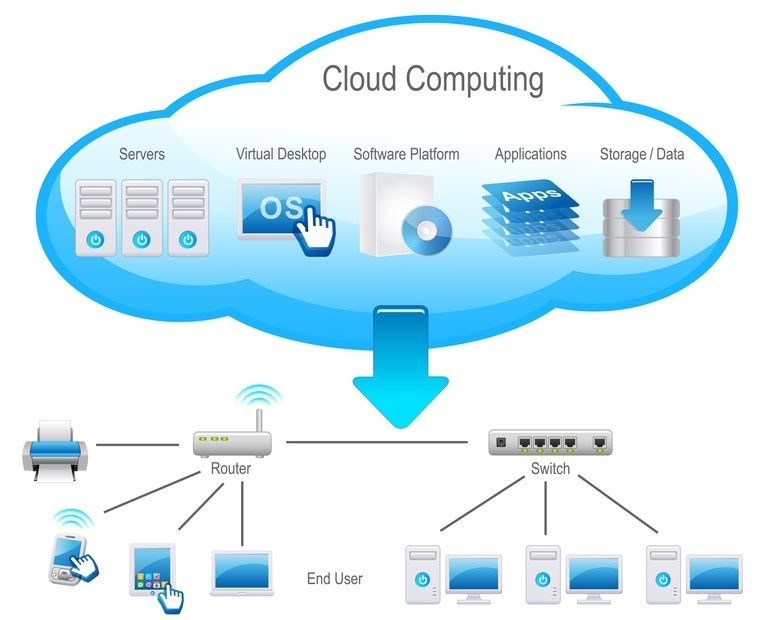The era of cloud computing has revolutionized the way businesses and individuals handle data and applications. Cloud services, which provide access to computing resources over the internet, have become an integral part of our daily lives. However, for beginners, navigating the world of cloud services can be overwhelming. This guide aims to simplify the process and help you understand the basics of cloud services.
What are Cloud Services?
Cloud services are online platforms that allow individuals and organizations to store, manage, and access data and applications over the internet, rather than relying on physical servers or local infrastructure. These services are typically offered by large tech companies, which maintain vast networks of data centers. By leveraging cloud services, users can achieve greater scalability, flexibility, and cost-efficiency.
Types of Cloud Services
There are three primary types of cloud services:
1. Infrastructure as a Service (IaaS)
IaaS provides users with virtualized computing resources, such as virtual machines, virtual networks, and storage. With IaaS, users have complete control over the infrastructure they want to build on the cloud, allowing for greater flexibility and scalability.
2. Platform as a Service (PaaS)
PaaS offers a platform that developers can use to build, test, and deploy applications. It provides the necessary tools, frameworks, and infrastructure, freeing developers from worrying about hardware or server management. PaaS enables faster development and deployment processes.
3. Software as a Service (SaaS)
SaaS provides ready-to-use software applications over the internet. Users can access and use these applications without having to download or install them locally. Common examples of SaaS include web-based email services, customer relationship management (CRM) tools, and project management platforms. SaaS eliminates the need for users to handle software maintenance or updates.
Advantages of Cloud Services
The adoption of cloud services offers various advantages:
1. Scalability and Flexibility
Cloud services provide instant scalability and flexibility, allowing users to adjust their resources based on demand. Whether you need to scale up during peak periods or scale down during slower times, cloud services adapt to your requirements without additional hardware costs.
2. Cost-Efficiency
By using cloud services, businesses can reduce their capital expenditure on physical infrastructure. You only pay for the resources you use, and the costs are spread out over time. This pay-as-you-go model eliminates the need for upfront investments in servers or networking equipment.
3. Reliability and Disaster Recovery
Cloud services offer built-in redundancy and disaster recovery mechanisms, reducing the risk of data loss or service downtime. These services often have multiple data centers located in different regions, ensuring your data is safe and accessible even in the event of a failure.
Choosing the Right Cloud Service Provider
When selecting a cloud service provider, consider the following factors:
1. Security
Ensure that the provider offers robust security measures to protect your data from unauthorized access. Look for encryption, firewall protection, and secure access controls.
2. Reliability and Uptime
Check the service level agreements (SLAs) offered by the provider to guarantee a certain level of availability. Look for providers with high uptime percentages and proactive maintenance practices.
3. Customer Support
Consider the level of customer support provided by the cloud service provider. Prompt and efficient support can be crucial in minimizing disruptions or addressing issues that may arise.
Conclusion
Cloud services continue to shape the way we store, manage, and access data and applications. By understanding the basics of cloud services and considering the right provider, beginners can make informed decisions and navigate this ever-expanding realm with confidence. Embrace the power of the cloud and unlock new possibilities for your business or personal needs.
